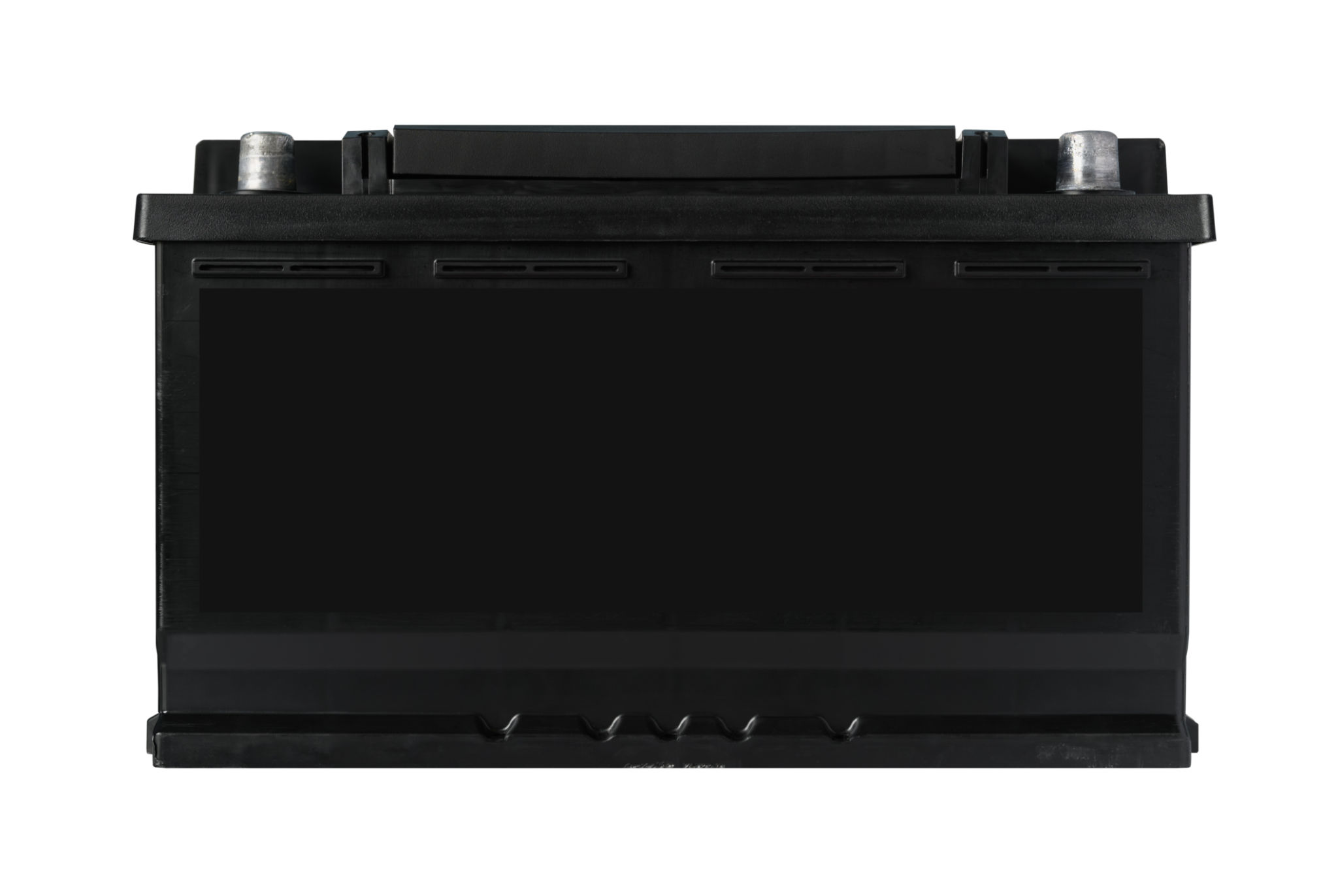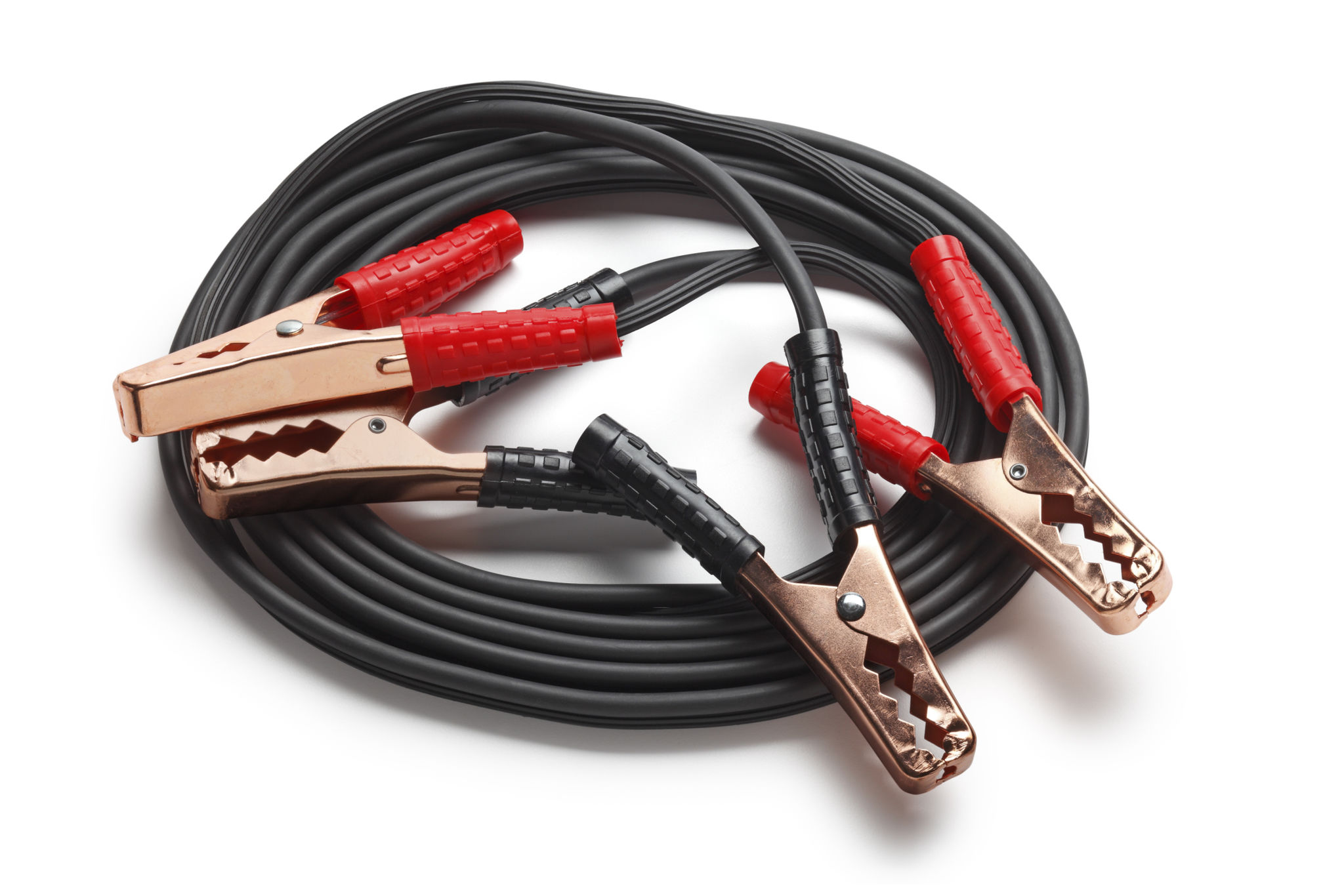Common Myths About Car Battery Boosting Debunked
Introduction to Car Battery Boosting Myths
When it comes to car maintenance, battery boosting is a task that almost every driver will encounter. However, along with this common procedure comes a variety of myths that can lead to misconceptions and even damage. In this blog post, we aim to debunk some of the most prevalent myths surrounding car battery boosting.

Myth 1: Any Battery Can Be Boosted
One common misconception is that any car battery can be boosted, regardless of its condition. While it's true that boosting can help a battery regain charge, it is not a one-size-fits-all solution. If a battery is severely damaged or too old, boosting may not be effective and can even be dangerous. It's important to assess the battery's condition before attempting a boost.
Assessing Battery Health
Check for visible signs of damage, such as cracks or leaks. If your battery is over three years old, consider having it tested by a professional. This will ensure that boosting it won't lead to further problems.
Myth 2: You Can Use Any Jumper Cables
Another myth is that any set of jumper cables will do the job. In reality, the quality and thickness of the cables are crucial. Thin or poor-quality cables can overheat and fail to transfer enough power, leaving you stranded. Always use cables with a suitable gauge rating for your vehicle's battery size.

Choosing the Right Jumper Cables
When selecting jumper cables, look for those with at least an eight-gauge thickness. The longer the cables, the thicker they should be to ensure effective power transfer. Quality clamps are also important to ensure a secure connection.
Myth 3: You Can't Boost in the Rain
A widespread belief is that boosting a car battery in wet conditions is unsafe. While caution is always advised, modern vehicles are designed with safety features that allow for boosting in the rain. Ensure all connections are secure and avoid standing in puddles or getting electrical components wet.
Safety Measures for Boosting in Wet Conditions
Make sure both cars are turned off before making connections. Keep the cables away from any moving parts and ensure they do not touch each other during the process. Following these guidelines will help you boost safely in less-than-ideal weather.

Myth 4: Boosting Drains the Donor Car's Battery
Many people worry that by boosting another car, they will drain their own battery. However, this is only a concern if the donor car's battery is weak or the alternator isn't functioning properly. Generally, if the donor vehicle is running, its alternator will keep its battery charged while providing extra power.
Ensuring Your Battery Stays Charged
After completing a boost, run your engine for a few minutes to ensure your alternator recharges your battery fully. This simple step can prevent any unintended battery drain.
Conclusion
By understanding and debunking these myths, you can confidently approach car battery boosting with the knowledge needed for safe and effective results. Remember to regularly check your battery's condition and use quality equipment to ensure your car remains reliable on the road.